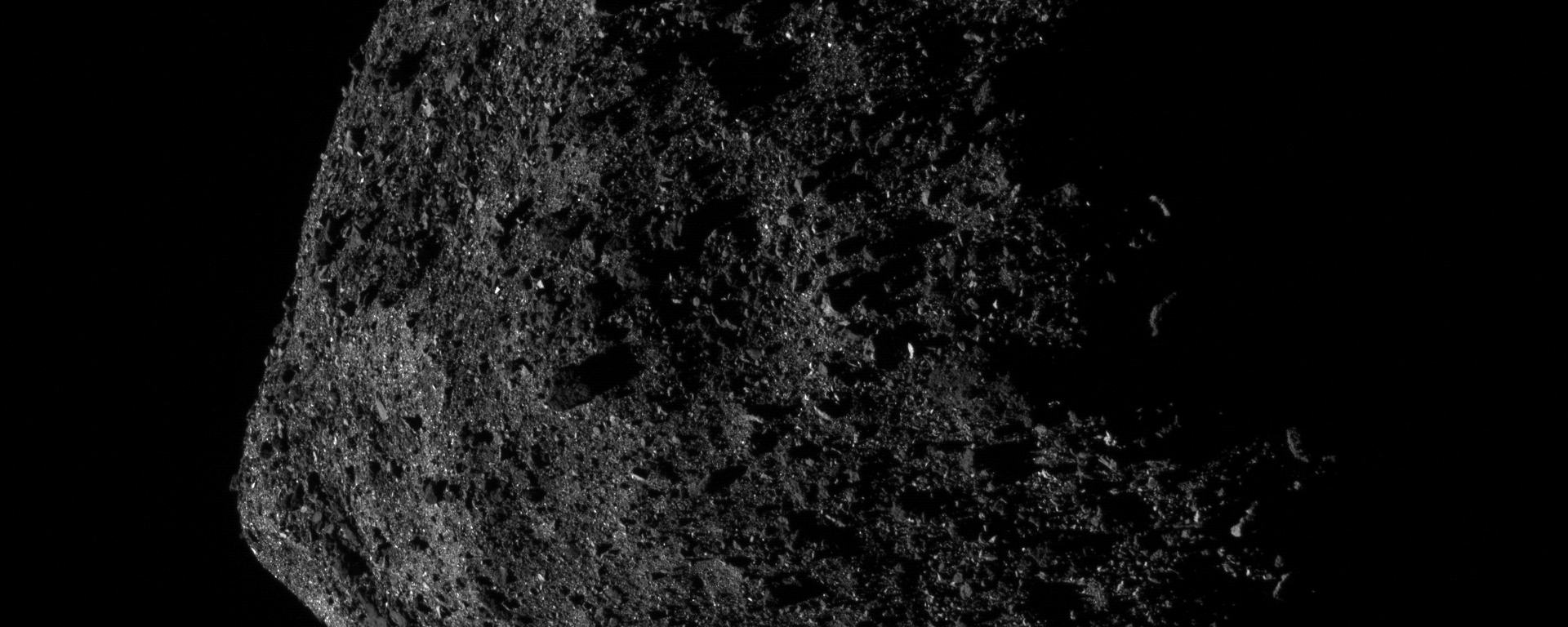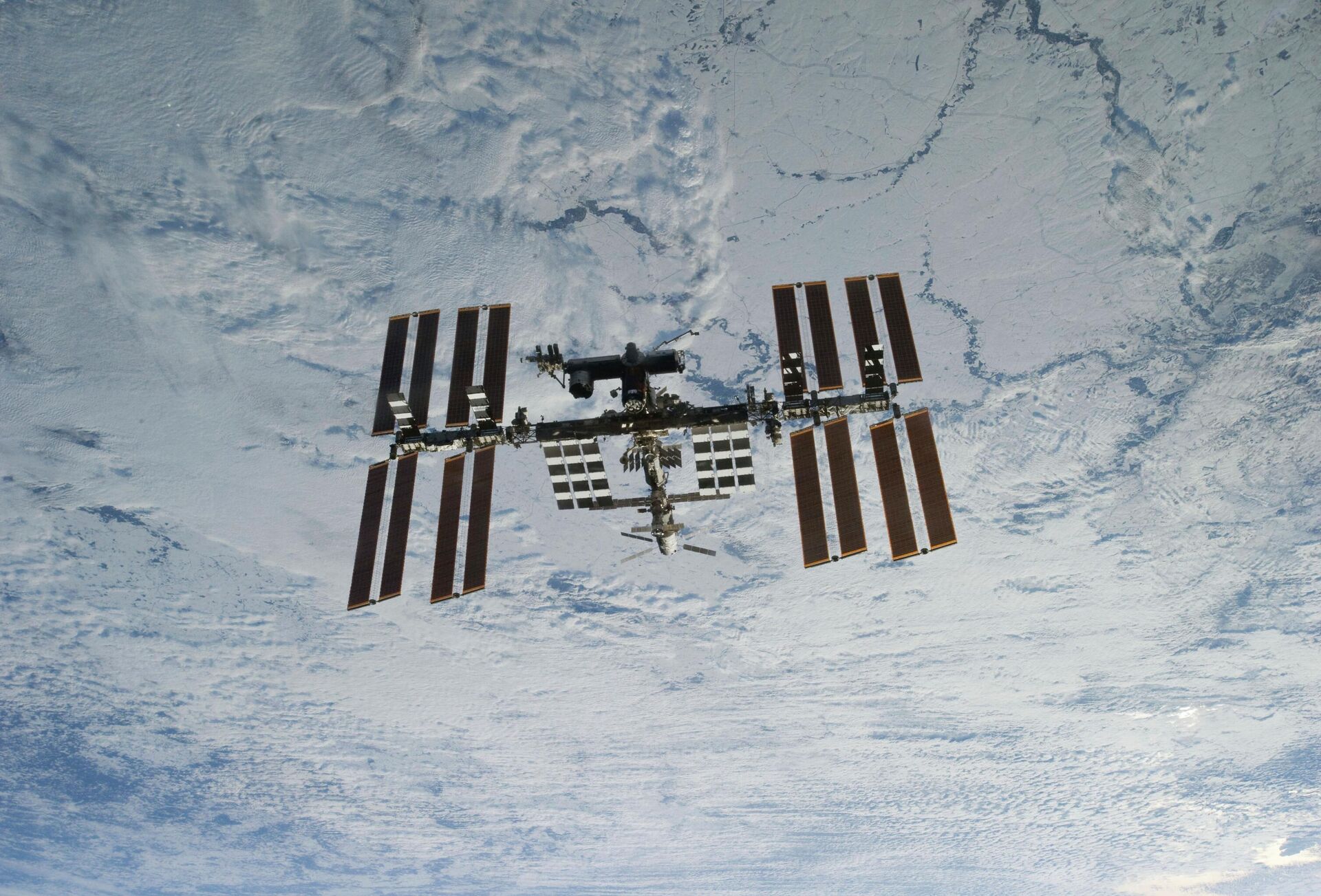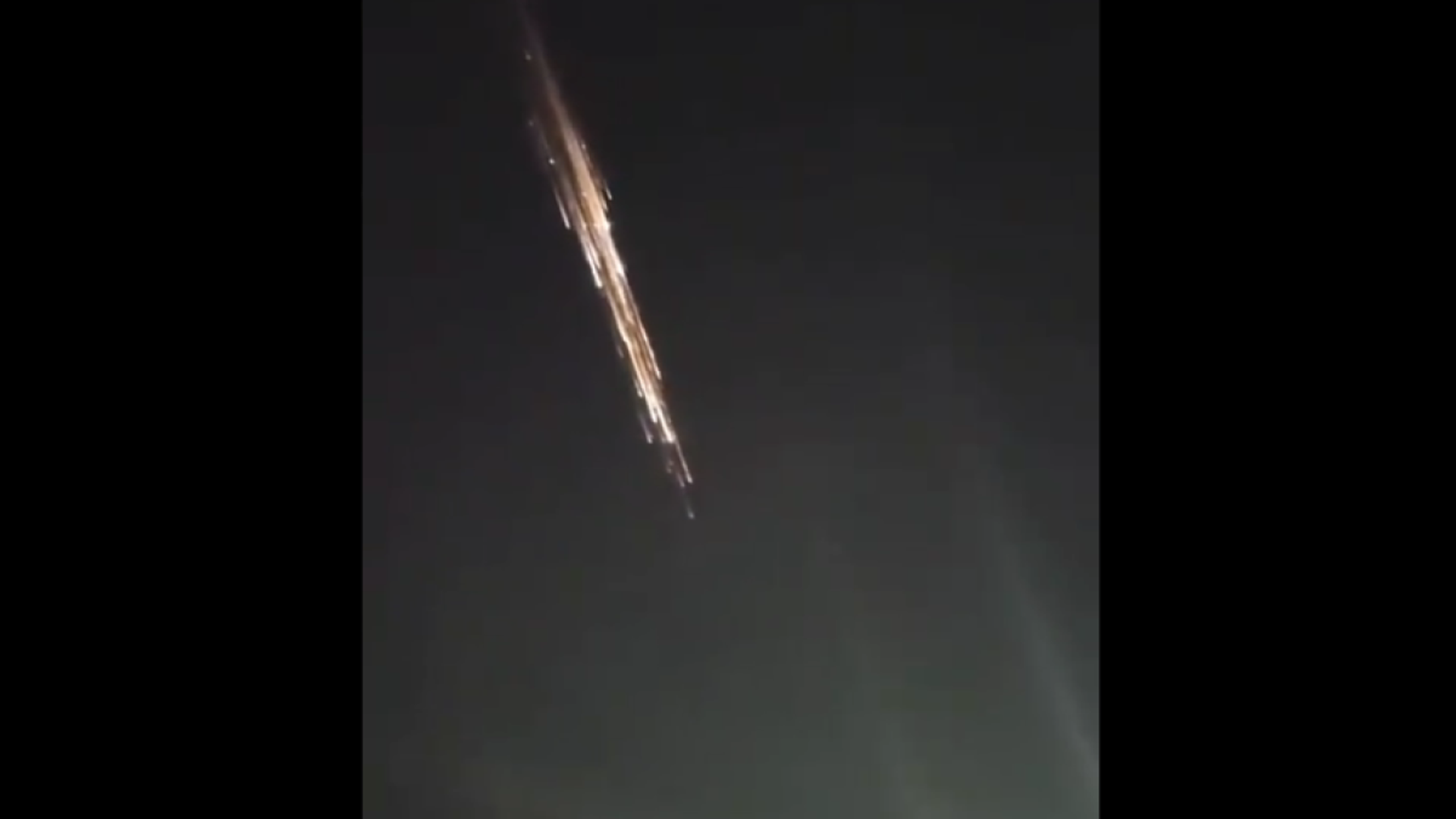https://sputnikglobe.com/20230926/nasa-fields-request-for-space-tug-designs-for-deorbiting-iss-in-2030-1113702297.html
NASA Fields Request for ‘Space Tug’ Designs for Deorbiting ISS in 2030
NASA Fields Request for ‘Space Tug’ Designs for Deorbiting ISS in 2030
Sputnik International
After discussing a variety of alternative plans, the US space agency NASA has settled on a controlled deorbit of the International Space Station, a project that has yielded the largest-ever man-made satellite of the Earth.
2023-09-26T20:07+0000
2023-09-26T20:07+0000
2023-09-26T20:04+0000
beyond politics
international space station (iss)
nasa
re-entry
spacecraft
https://cdn1.img.sputnikglobe.com/img/07e5/03/1a/1082461951_0:124:1201:800_1920x0_80_0_0_7eab8398af3e2a9885489c6cd49a168d.png
NASA’s Johnson Space Flight Center has put out a request for designs for a US Deorbit Vehicle (USDV), previously referred to as a “space tug,” to trigger and control the ISS’ final spiral into Earth’s atmosphere when the space station is decommissioned in 2030.The space flight agency will hold a Virtual Pre-Proposal Conference about the request on October 3 and proposals are due by November 17, the notice also said. The space vehicle is expected to take years to test and certify.According to a plan put forward last year, the spacecraft would be launched just days before the ISS was to plunge into the sea, as its orbit decays below 140 miles altitude. NASA noted in a September 20 blog post that Russia’s Progress cargo vehicles, which are sometimes used to give the ISS’ orbit a boost upward, would not be up to the task of bringing the whole station down in a controlled way, which had been a previous deorbiting plan.This past spring, NASA requested $180 million in its fiscal year 2024 budget for the USDV contract, but budget feuds on Capitol Hill resulted in major cuts to the space agency’s funds for FY2024, which begins on Sunday. The vehicle is not mentioned in NASA’s 2024 budget estimates released last month, although plans for deorbiting the ISS are.
https://sputnikglobe.com/20230924/space-capsule-carrying-sample-of-bennu-asteroid-lands-in-uss-utah-1113635599.html
Sputnik International
feedback@sputniknews.com
+74956456601
MIA „Rossiya Segodnya“
2023
News
en_EN
Sputnik International
feedback@sputniknews.com
+74956456601
MIA „Rossiya Segodnya“
Sputnik International
feedback@sputniknews.com
+74956456601
MIA „Rossiya Segodnya“
international space station; deorbiting; nasa; iss
international space station; deorbiting; nasa; iss
NASA Fields Request for ‘Space Tug’ Designs for Deorbiting ISS in 2030
After discussing a variety of alternative plans, the US space agency NASA has settled on a controlled deorbit of the International Space Station (ISS), a multi-country project that has yielded the largest-ever man-made satellite of the Earth.
NASA’s Johnson Space Flight Center has
put out a request for designs for a US Deorbit Vehicle (USDV), previously referred to as a “space tug,” to trigger and control the ISS’ final spiral into Earth’s atmosphere when the space station is decommissioned in 2030.
“The USDV shall rendezvous and dock with the ISS as well as perform ISS attitude control, ISS translational maneuvers, and the final ISS orbit shaping and reentry burns,” NASA explained in the notice.
The space flight agency will hold a Virtual Pre-Proposal Conference about the request on October 3 and proposals are due by November 17, the notice also said. The space vehicle is expected to take years to test and certify.
According to a plan
put forward last year, the spacecraft would be launched just days before the ISS was to plunge into the sea, as its orbit decays below 140 miles altitude. NASA noted in a
September 20 blog post that Russia’s Progress cargo vehicles, which are sometimes used to give the ISS’ orbit a boost upward, would not be up to the task of bringing the whole station down in a controlled way, which had been a previous deorbiting plan.
Uncontrolled reentry of space debris can result in dangers to the Earthlings below, if it fails to completely burn up in the atmosphere. Thus, it is common for a more controlled descent to be used, to direct the debris toward the South Pacific, the planet’s largest stretch of uninhabited surface area.

24 September 2023, 16:33 GMT
This past spring, NASA requested $180 million in its fiscal year 2024 budget for the USDV contract, but budget feuds on Capitol Hill resulted in major cuts to the space agency’s funds for FY2024, which begins on Sunday. The vehicle is not mentioned in NASA’s
2024 budget estimates released last month, although plans for deorbiting the ISS are.
The ISS is the largest space structure ever built by humans and is maintained by a consortium of five space agencies from the US, Russia, European Union, Japan, and Canada. All but the lattermost have contributed modules to the station over the past 24 years, which have been used for science experiments, space observation, living quarters, and storage, among other things.
All but Russia’s Roscosmos have agreed to keep the space station going until 2030, although Roscosmos is committed until 2028.




